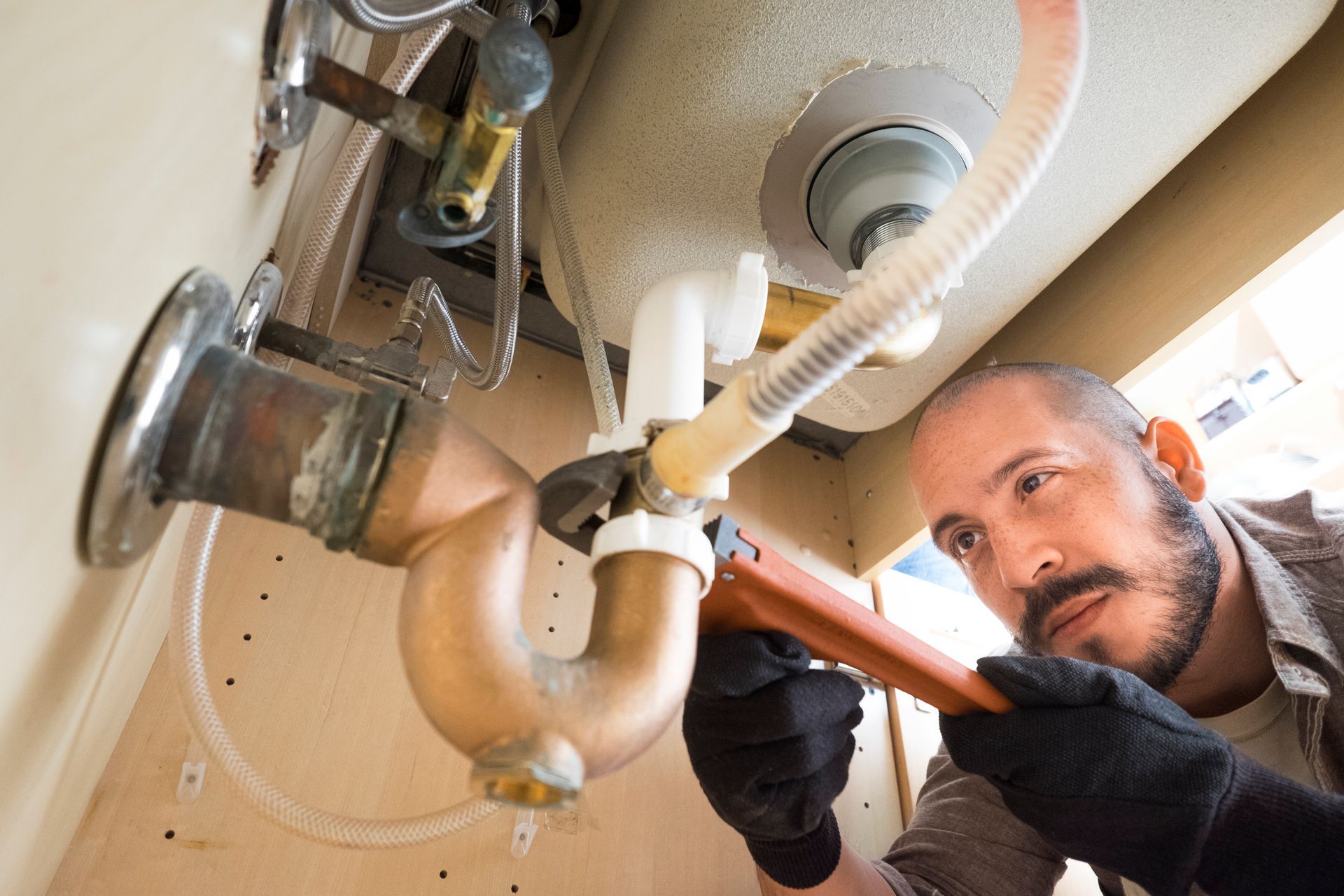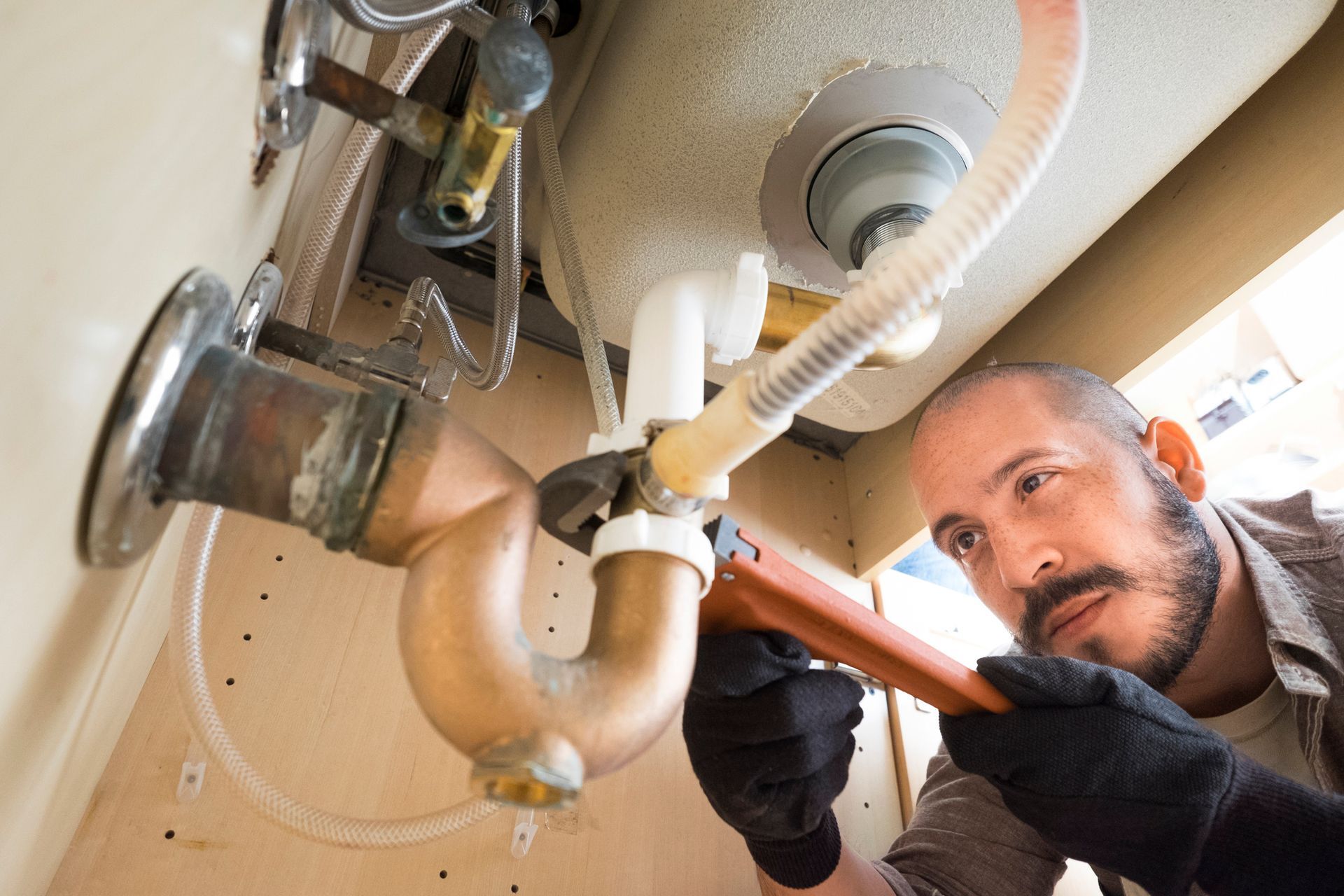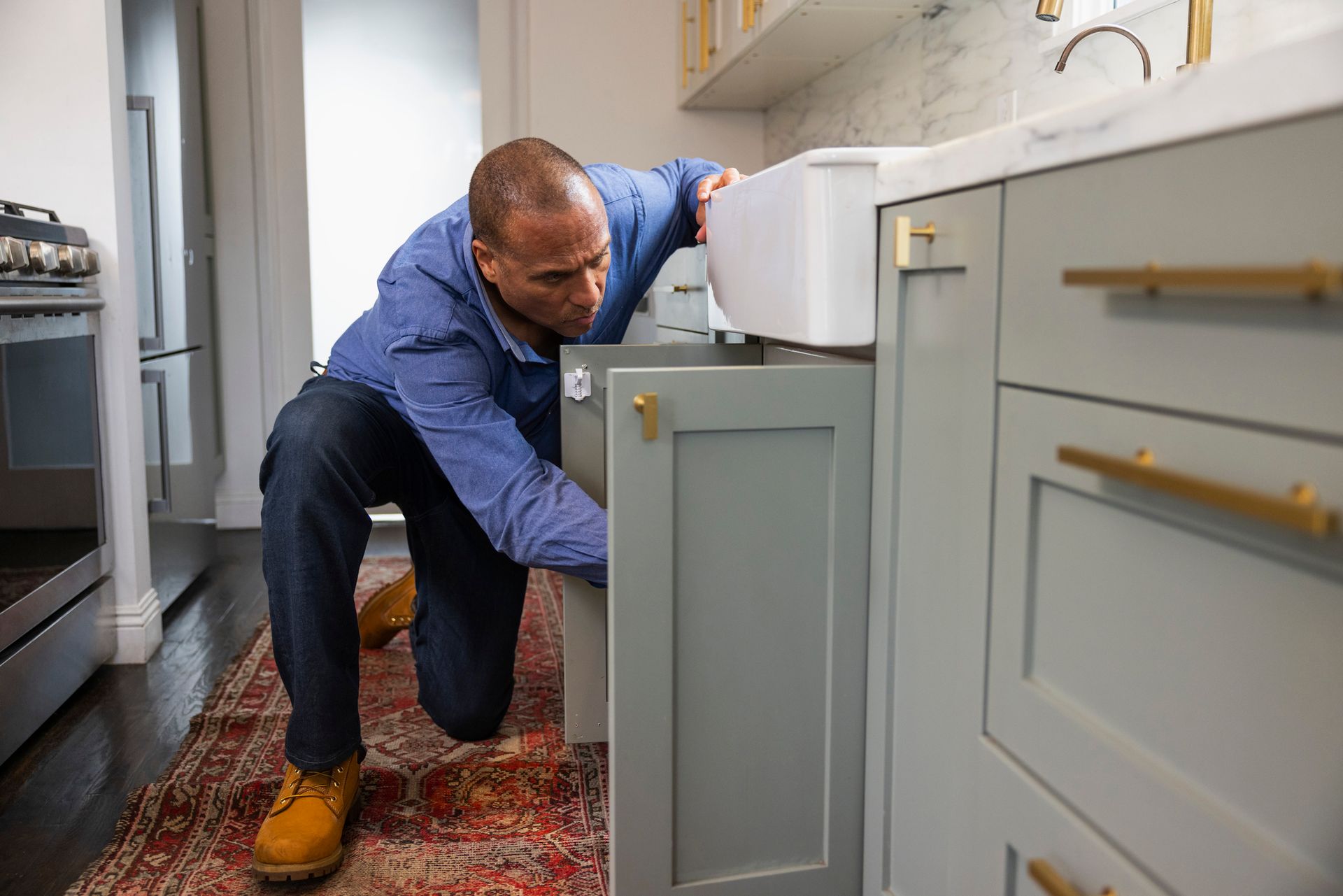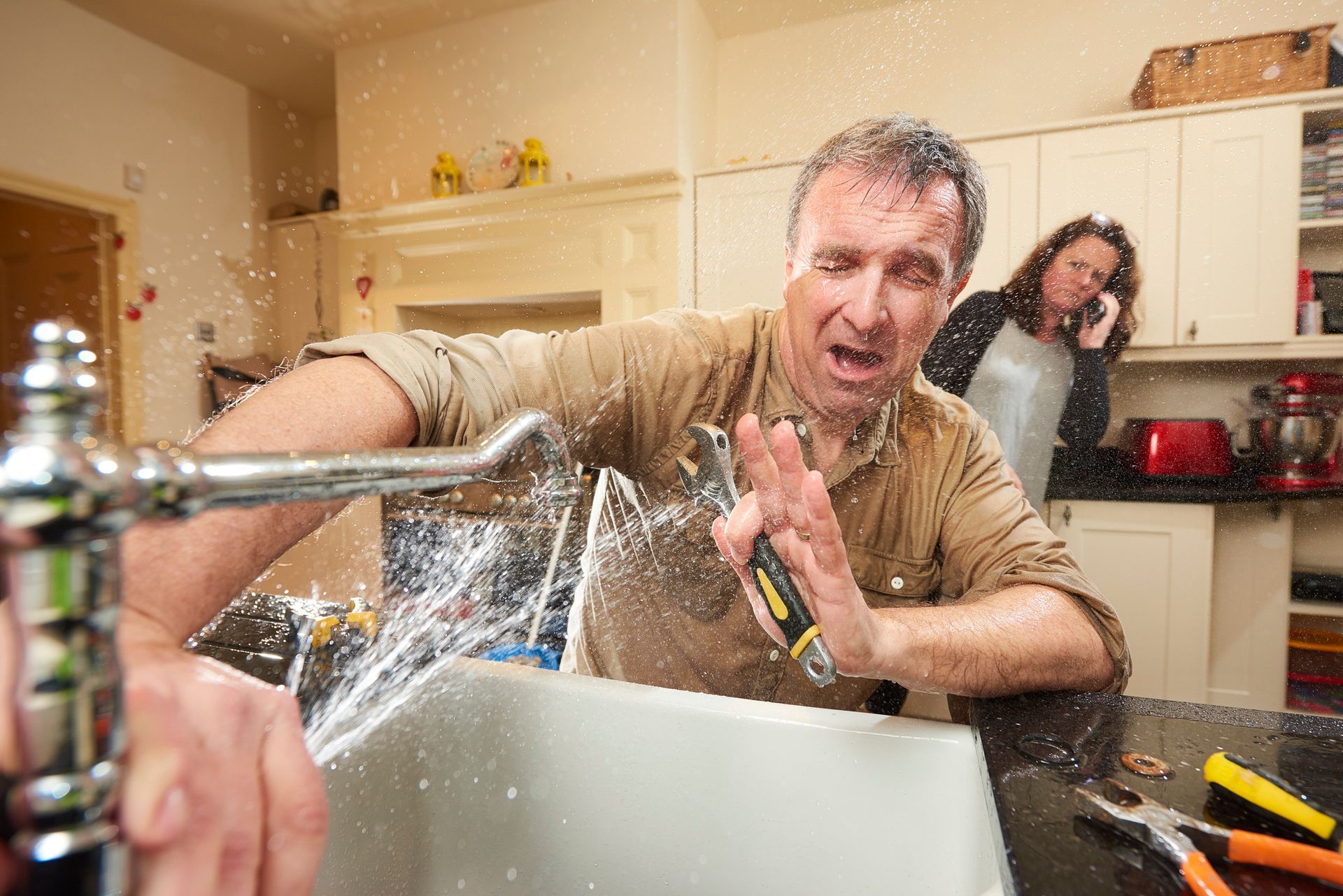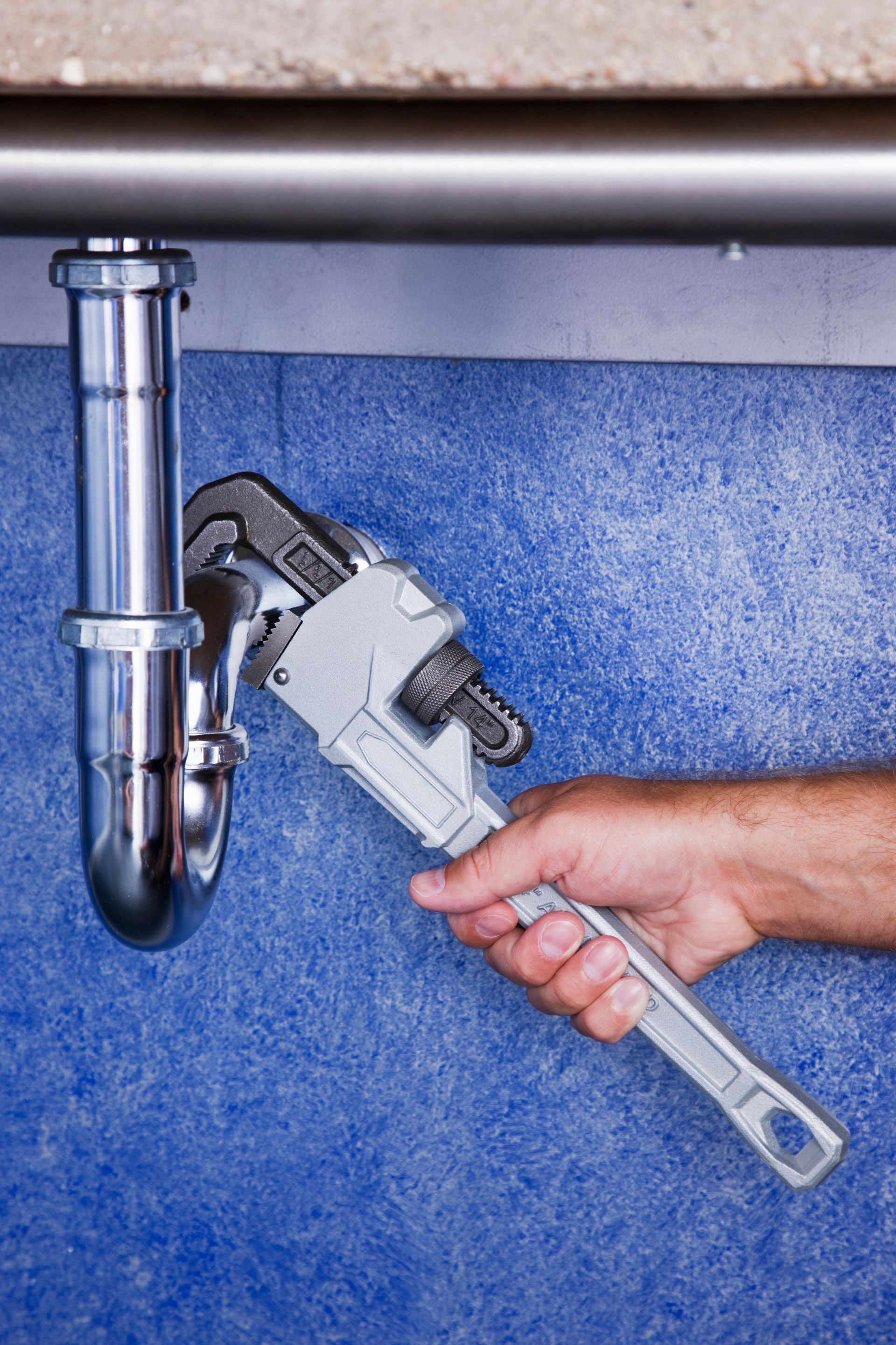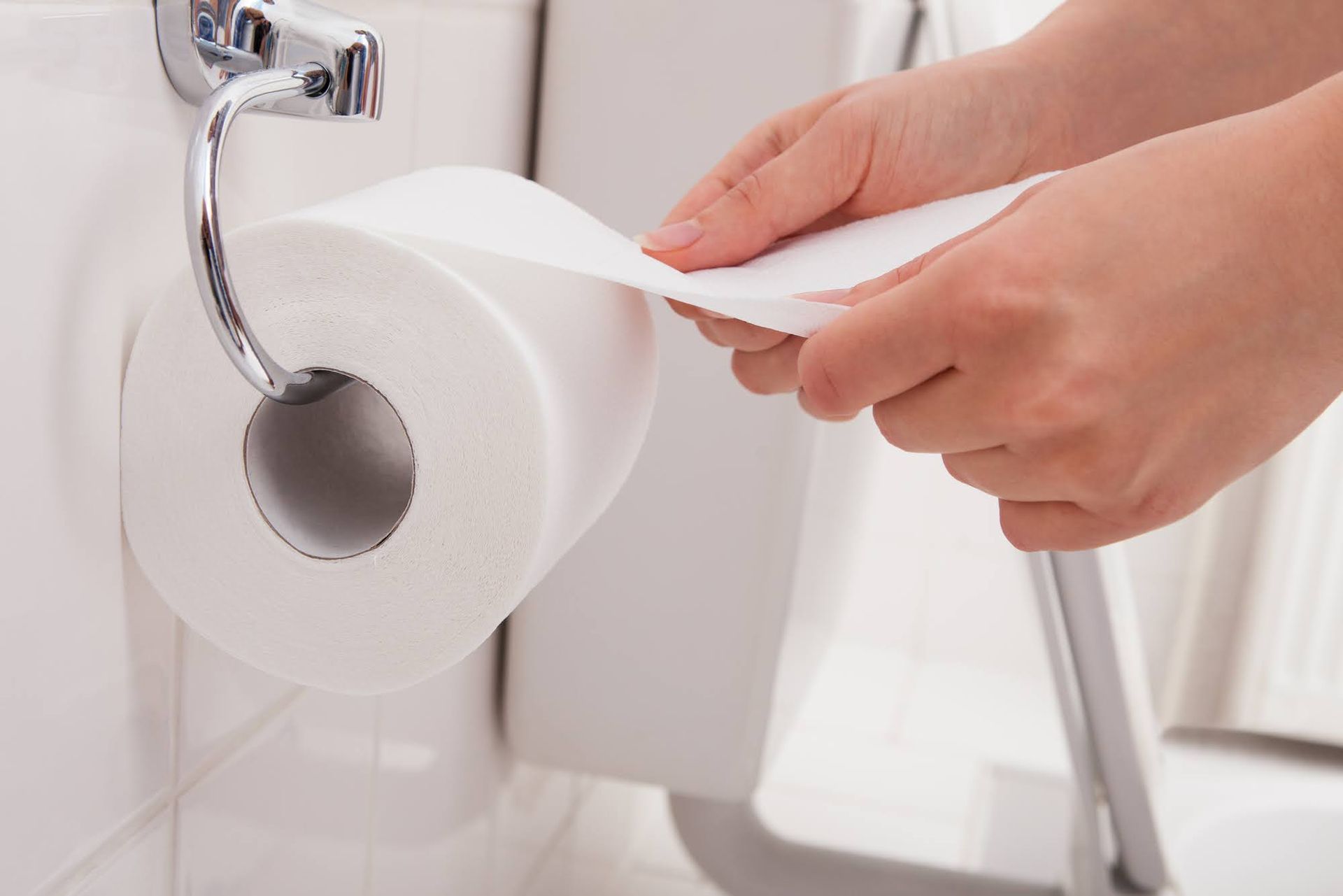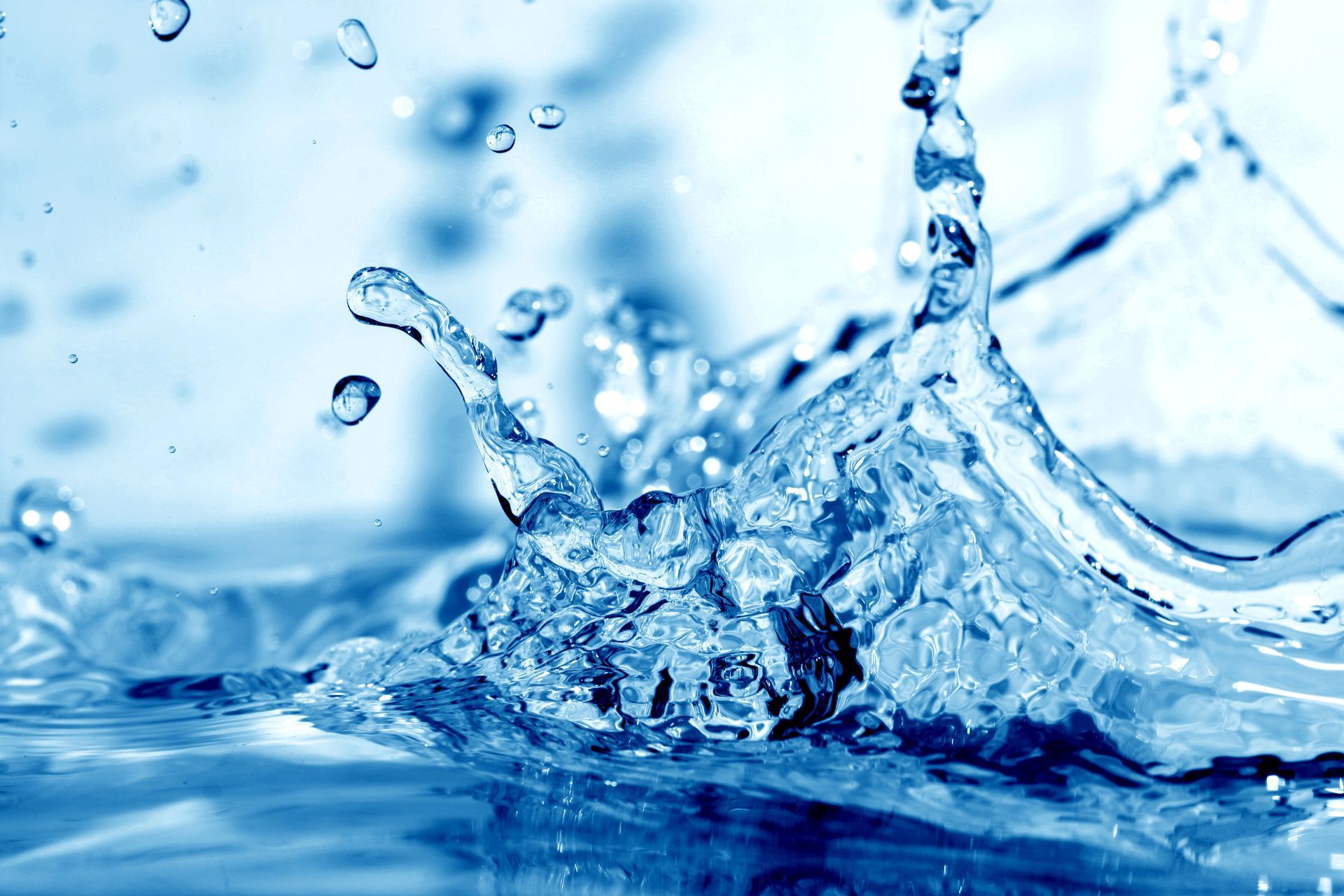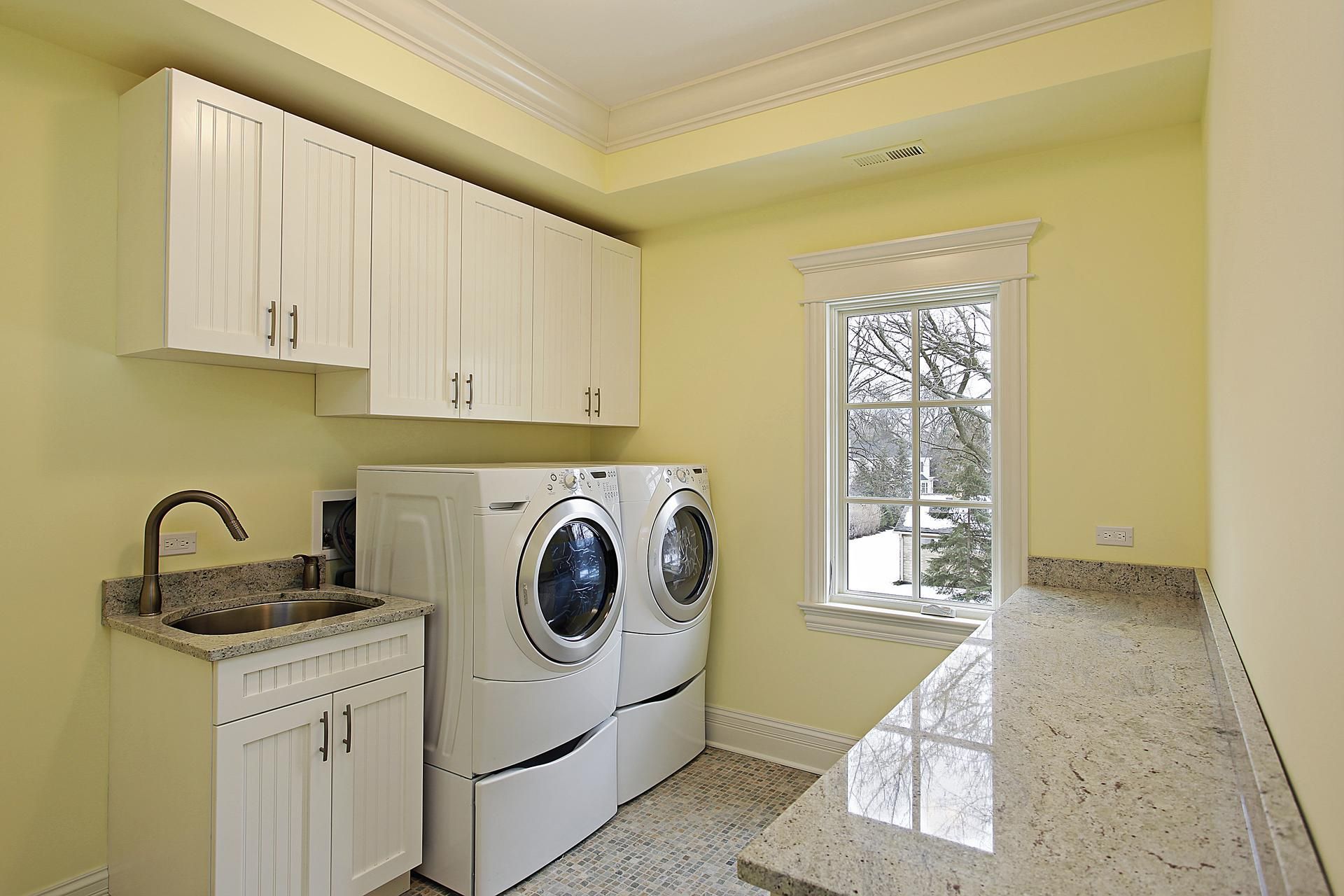Blog
Essential Things To Do As You Wait for an Emergency Plumber
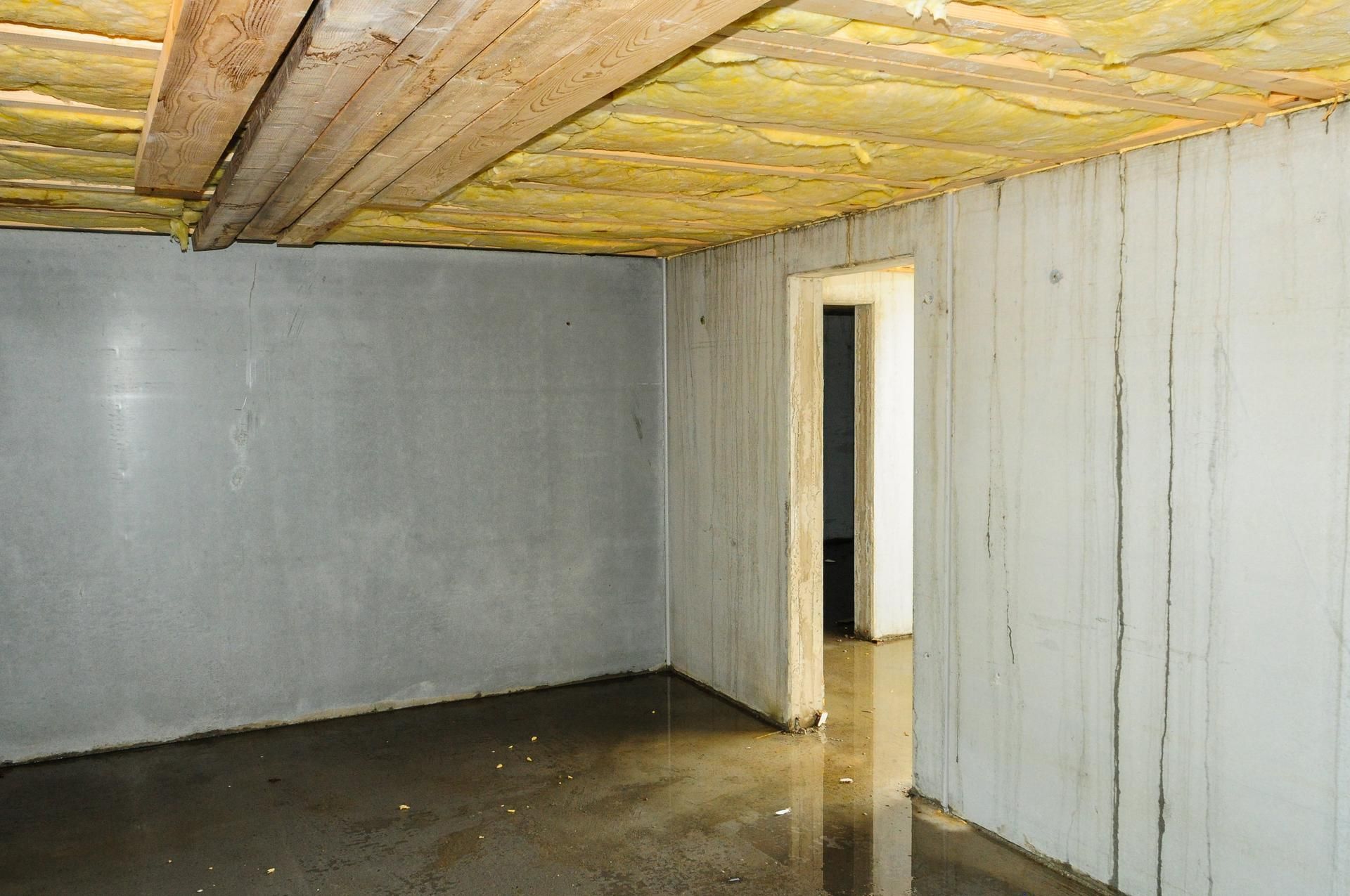
Numerous issues may demand that you call an emergency plumber. From major pipe leaks to blocked drains or toilets, plumbing issues can be a nuisance and cost you time and money.
However, considering the inconveniences of plumbing issues, you cannot just sit around and wait for a plumber to arrive. You can take some steps to reduce water wastage and prepare the way for a plumber to carry out repairs as quickly and efficiently as possible.
Discover some helpful steps to take as you wait for an emergency plumber.
Switch Off the Main Water Supply
Whether you have a leak or clogs problem, shutting off the water supply is a great way to reduce the water wastage that comes with plumbing issues. You can start by locating the valve for the affected water line and switching it off.
If you cannot locate the valve or cannot switch it off, turn off the main valve. Shutting off the main water supply stops all water running through any of the pipes in your home.
Check Electrical Connections and Fixtures
Water and electricity never go together. And unfortunately, water leaks may find their way to electrical appliances and pose the risk of getting electrocuted. Before an emergency plumber arrives, check all electrical connections and fixtures to ensure no close proximity between the two elements.
Also, check the fuse or circuit breaker and ensure it is dry. In case of wetness, contact a reliable electrician immediately for damage control.
Drain the Water from Pipes
Draining the water from the pipes helps to reduce water wastage and makes it easier for a plumber to carry out repairs. You can turn on the spigots or hoses to completely drain the water from the pipes.
Remove Standing Water
Depending on the extent of your plumbing issues, you may find pools of water or standing water in your home. If you don't take proactive measures, standing water can damage furniture, carpets, floors, and walls. Also, standing water increases the risk of mold and mildew growth, which causes more costly repairs.
You can use mops, sponges, towels, or a wet vacuum to remove standing water from your home. You may also open the doors and windows and then turn on the fan to help the drying process.
Move Furniture from the Affected Area
If you have furniture near the affected area, move them away from potential damage. In the same way, move any valuables, such as paintings and artworks, to a safer place to avoid water damage. Allowing a plumber to do repairs without obstruction makes the process faster and more efficient.
Take Photos of the Affected Area
Taking photos of the affected area gives you a record of what happened before and after repairs. The idea is also a great way to keep track of damages caused by water leaks or flooding from clogged drains.
These photos can be used to claim insurance for damage related to plumbing issues. Therefore, if you have your phone handy, snap some pictures and take important notes to ease your claim filing process and give the plumber insights into the issue.
Plumbing issues can be a nightmare, but you don't have to sit as you wait for an emergency plumber—not when you can take proactive steps to reduce water wastage, prevent electrocution, and protect your property from further damage. The steps above will help mitigate water damage and make the repair process faster once the plumber arrives.
You can trust us at Complete Plumbing Services for fast, reliable plumbing repair services. We respond to emergency calls swiftly and provide lasting solutions to plumbing issues. Contact us for a consultation.
Installation
Services
and Military Discount



